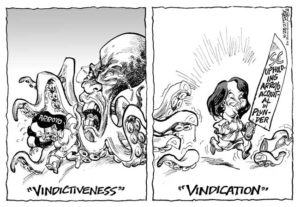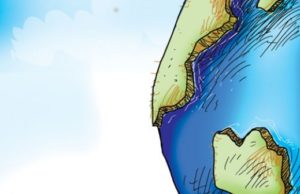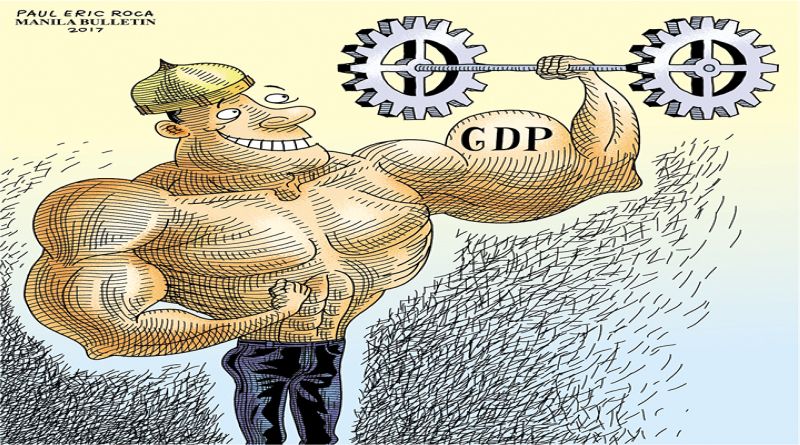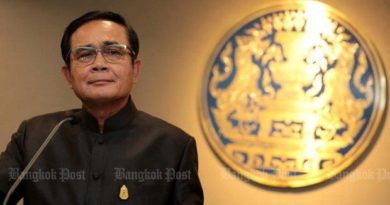We can expect high GDP growth this year
We welcome the very positive assessments of various international institutions on prospects for the Philippine economy this year and the next.
The International Monetary Fund (IMF) forecasts a 6.8 percent Gross Domestic Product (GDP) growth for the Philippines for this year, expanding to 6.9 percent in 2018.
The World Bank (WB) projection is even higher at 6.9 percent this year. That of the Asian Development Bank (ADB) is more modest at 6.4 percent.
Our own government’s projection by Socio-Economic Planning Secretary Ernesto Pernia is 6.5 to 7 percent in this first quarter of the year.
All these projections say one thing: The Philippines is firmly in the ranks of Asia’s fastest growing economies.
Part of the reason for all this optimism are improving global conditions. The IMF said overall global growth is expected to rise faster this year – by 5.5 percent, from 3.1 percent in 2016. With the improving world economy, Philippine exports are expected to rise 17.4 percent in the next two months, recovering from a 4.2 percent decline in 2016.
The IMF sees as negative factors in the world economy China’s lower growth this year and the United States protectionist policies under new President Donald Trump and his “America First.” But any volatility from these two sources should be manageable for the Philippines with its strong economic fundamentals, the IMF said.
We see great reason for optimism in the new administration’s infrastructure program, with billions of pesos already approved in the National Budget for the building and improving of roads and bridges, schools, seaports and airports, railroads and other transportation systems. The funding for education, health, and poverty alleviation should make the growth more inclusive, the IMF noted. It also sees a much bigger role for agriculture in the Philippine economy.
The national government’s own optimism is such that it targets growth of 7 to 8 percent by 2022. Along with this overall goal, it expects to cut unemployment to 3 to 5 percent from 5.5 percent last year, and the poverty rate to 14 percent, from 21 percent in 2015.
All these figures from the IMF, the WB, the ADB, and our own Philippine government may look like cold statistics to most people, but we should soon see them transformed into actual structures, transport systems and institutions, harvests, jobs – overall change and progress that we hope to see in the lives of our people in the coming months and years.














